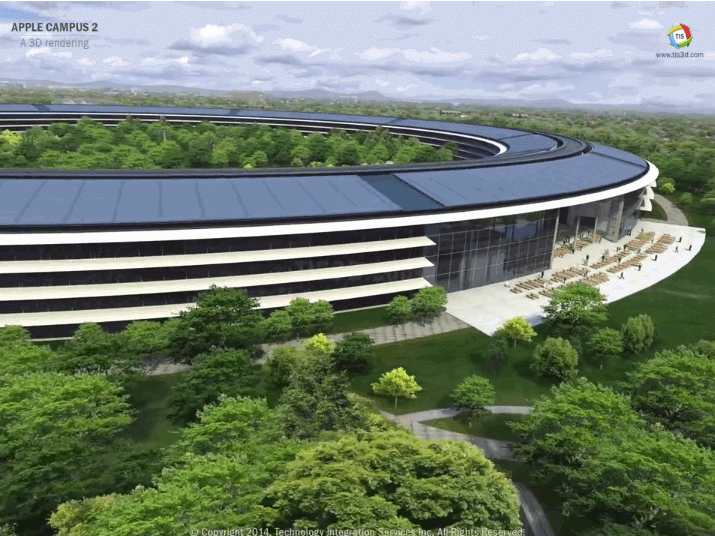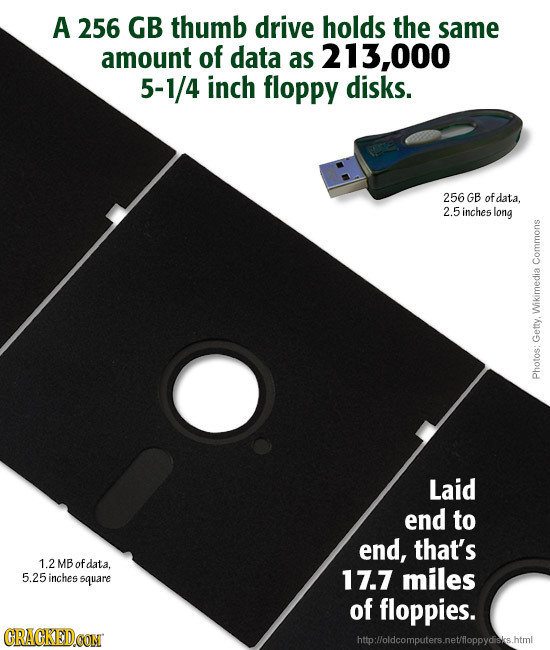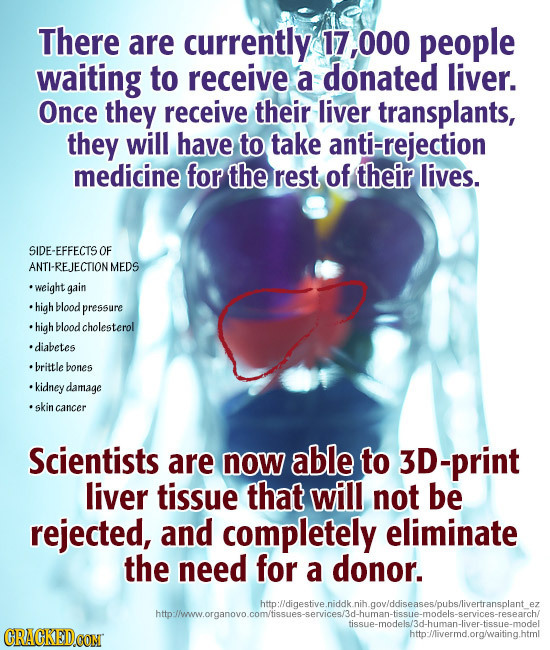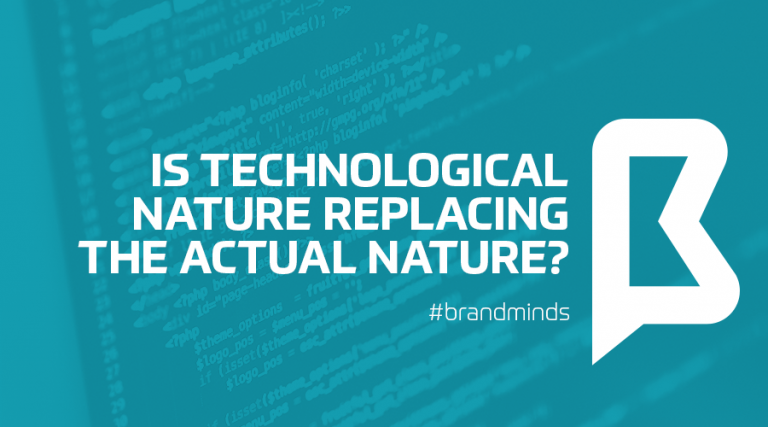Is technological nature replacing the actual nature?
Technological nature is defined as “technologies that in various ways mediate, augment, or simulate the natural world.”
The term technological nature was coined by Peter H. Kahn Jr, Professor in the Department of Psychology and Director of the Human Interaction with Nature and Technological Systems Laboratory at the University of Washington.
Professor Kahn is the author of Technological Nature, Adaptation and the future of human life. His book shows that our relationship with nature is increasingly mediated and augmented by technology and talks about what this means for mankind.
What exactly is technological nature?
Technological nature means digital representations of the wild:
- Nature-focused documentaries;
- Video games where the action takes place in mythical woods and majestic mountains;
- VR simulations that takes the user inside wild areas of foreign countries;
- Audio tapes of the rain, the sea or the fores;
- Nature videos playing on widescreen TVs in corporate offices.
 image source: innorobo.com
image source: innorobo.com
Technological nature – why does it exist?
Man emerged from nature. He is part of nature as much as nature is part of him. It is no coincidence that our ancestors called everything around them (the animals, the sun, the plants, mountains and sea) Mother Nature.
In order to live a high-quality life we need to be surrounded by nature. Being outdoors triggers biophilia which means humanity’s inborn, primordial affiliation with the environment.
 image source: psychologyandi.com
image source: psychologyandi.com
According to Edward O. Wilson, renowned biologist, we are all biophiliacs since we possess an innate tendency to seek connections with nature and other forms of life. Although some regard biophilia as nothing but a hypothesis, psychological studies have found various evidence that show the powerful influence nature has on our psychological, emotional and physical well-being.
 image source: www.barcelo.com
image source: www.barcelo.com
Engaging with nature, from simple walks in the nearby woods to more physically challenging such as climbing mountains, helps us as follows:
- Our mind becomes more relaxed;
- Lowers anxiety and stress;
- Improves our mood;
- Increases our cognitive performance and creativity;
- Reduces blood pressure, heart rate and muscle tension.
The lack of engagement with nature is called nature-deficit disorder.
Nature-deficit disorder is not a medical diagnosis, but a useful term—a metaphor—to describe what many of us believe are the human costs of alienation from nature: diminished use of the senses, attention difficulties, higher rates of physical and emotional illnesses, a rising rate of myopia, child and adult obesity, Vitamin D deficiency, and other maladies.
Richard Louv, author of Last Child in the Woods.
Evolution has driven man out of the woods and into highly urbanised environments.
Nature is necessary for our physical and psychological well being, says Professor Kahn so we found a way to bring nature into our concrete lives: technological nature.
Although digital, technological nature has important benefits:
- Decreases violence and aggression among inmates;
- Office workers are happier and more productive;
- Patients who underwent surgery tolerated pain better and had a faster recovery when they had a view of trees instead of a white wall
Technology giants such as Apple and Amazon have taken these research results into account and designed their latest workplace spaces according to biophilic office design guidelines.
 image source: businessinsider.com
image source: businessinsider.com
Technological nature: beneficial or destructive?
Yes, technological nature is an alternative when our access to nature is limited or non-existent.
But we shouldn’t view technological nature as a replacement for nature itself.
Professor Kahn says technological nature is better than nothing, but is not good as actual nature.
You cannot feel the wind blowing in your hair in a VR environment or feel the ground beneath your feet so he calls VR nature as “dumbed-down nature.”
Conclusions:
- We are living highly technologized times;
- Through technology we can achieve more than we ever thought possible;
- Technology is making our lives easier and more productive;
- We define progress and civilisation in opposition with nature or animals and plants life, but it is time we reconsider this definition;
- Technology is not a substitute for actual nature. Technology should help us access and engage with actual nature.
People need to interact with actual nature. The solution is not just talking more about nature or creating videos of nature or other forms of technological nature. No, the solution is ever-deepening our interactions with nature and having more wild nature to interact with.
Peter H Kahn
Technologies that help you work from anywhere in the world
Fifty-one percent of EMEA teleworkers work from home just one day or less, with 68 percent in APAC and 58 percent in North America reporting the same.
According to a Global Workplace Analytics survey, Cost and Benefits: Advantages of Telecommuting for Companies, nearly six out of ten employers identify cost savings as a significant benefit to having telecommuting programs. Real estate costs alone can make up the majority of a business’s annual overhead costs. The average real estate savings if a business employed full-time teleworkers? $10,000 per employee per year; add in reduction of utility costs and that number increases to $11,000, or $700 billion per year in the U.S. if employees worked from home just part-time.
But more than that, more and more people decide to work out-of-home while travelling and experiencing other activities, by becoming digital nomads or simply working remotely for a longer period of time. Their new lifestyle is helped and allowed by the new technologies available. Some of them are:
Videoconferencing
Live video feeds help out-of-office workers see and speak to one another in real time, anywhere they are, which is the next best thing to a face-to-face meeting. And that being possible due to the fast internet broadband available in may places around the world, the increased number of places offering free wifi. Moreover, “certain companies have even done away with renting a traditional office and instead run their business out of a shared co-working space to accommodate their largely remote workforce. Shared office spaces, where remote employees can gather to work, have been created and are more widely available in different cities. This in itself represents the growing amount of remote workers in recent years,” wrote BusinessNewsDaily.com.

Collaborative cloud software
Investing in them (you can find some inspiration here) , especially in the ones that work very well on mobile, will help improve the response and the remote work. Building a digital workplace gives your employees the tools they need to collaborate and work from anywhere, anytime and on any device and that’s the key to building productive modern teams that deliver business results.
Adapt to change faster and achieve objectives sooner with project management solutions, by bringing together work management, full reporting, visibility and an intuitive interface that anyone can use. Cloud-based project management software gives your workforce, customers and partners a better way to work together using real-time data, automated workflows and a user experience that lets them do their job the way they want to.
The best devices
From a good, thin and powerful laptop or notebook, to a smartphone, a power bank and an external hard-disk, those devices are probably the most important ones you will need to carry on with you almost all the time. “For long-term remote work, purchasing the latest laptop model is smart, as technical difficulties can be crippling when there’s limited access to an in-house IT specialist or nearby Apple Store,” advices mashable.com.
Moreover, “an international SIM card is more expensive, but potentially worth it if you’ll be traveling to multiple countries in a shorter time period. ChatSim, which supports all of your chat apps so you can stay connected from anywhere, is another alternative if you’re only interested in sending texts or instant messages. Carrying a separate global, unlocked MiFi device ensures a backup plan in the event of a weak Wi-Fi signal or public networks of questionable security. Other useful tools include: portable travel routers, Ethernet cables, and Google Voice, which is especially handy for keeping a U.S. phone number (NomadSMS is another similar service),”points out Stephanie Walden for mashable.
Privacy filters for laptops
Screen privacy filters are an easy way to keep snooping eyes from seeing what’s on your laptop monitor.
Moreover, here are some tools that can help you manage your business from anywhere in the world.
Old versus new technologies
The new digital technologies are always getting people curious and excited, whether it’s the digital camera that is cheaper than developing rolls upon rolls of film, or the photo-sharing apps that – in turn — make your iPhone camera easier to use than your old digital camera. The possibility to do more, faster and shareable is beating all the good old technology that you needed to be instructed to use. If some years ago not everybody knew how to operate a photo camera and develop the pictures, having to take the rolls to specialized photo units, today anyone can take great, amazing pictures, just by using his/ her phone or a digital camera.

Still, it’s important not to forget that the new technology is based on the old one and, sometimes, people still prefer, in some cases, to use the older versions. In some cases it even became vintage and cool to use the old “ways”.
Here are some then & now infographics and pictures that will help you easily put them one next to another.






Tickets available at brandminds.com
The Job of the Future

The future. The perfect job. All of these terms mean different things to different people. What makes us happy may not make somebody else. Forseeing into the future and finding predictable trends is a job that requires lots of research and inspiration, but it will never be 100 percent accurate.
If for some people the perfect job might be travelling and blogging about it, for others may mean sitting in front of a desktop and writing algorithms. If for some the job of the future may be totally related to the new technologies, for others may represent going back to their roots and the nature, following the naturist trend.
For example in Singapore, according to vulcanpost.com, there are three mismatches in today’s society that negatively impacts the employability and job search process for Singaporeans: mismatch of skills, of jobs and of expectations. Due to the lack of publicly available information, job seekers sometimes have a skewed impression of what jobs are up for grabs, and where they can be found. This in turn results in a surplus of jobs in certain industries while other sectors, such as security, suffer from a crippling lack of manpower. According to the Acting Minister of Education, Ong Ye Kung, there will be a job boom in the engineering and tech sectors of more than 30, 000 positions. And that, while at the same time, there are countries where the demand for these people is huge and rising.
Moreover, we have to take in account the fact that some jobs and titles didn’t exist some years ago, leaving the possibility for the same thing to happen in the future. In other words said, nobody knows what new jobs and positions will appear in 20-30 years’ time from now.
What is important to realize is that any job you would forsee for yourself, in order to make sure you do have a future, you must poses a set of skills that will help you navigate through the tough climate and find the right spot for you, even this one may change during the years. In our opinion, those qualities would require someone to:
- Be flexible
- Stay curious
- Be creative
- Be a different type of leader
- Have great communication skills
- Try to expand your boundaries
- Experiment as much as possible
- Know Himself / Herself
- Don’t be afraid to ask
- Build networks
- Keep the ego in check
- Be present and active
- Keep an eye out for everything new

